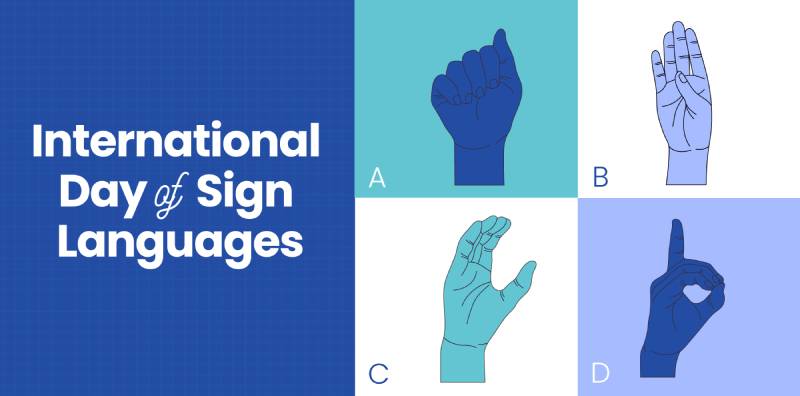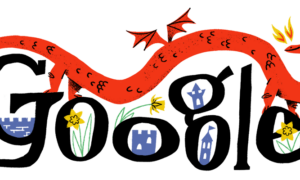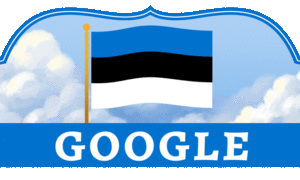Seven years ago, the United Nations declared September 23 as International Day of Sign Languages to promote the inclusion and preservation of sign languages and Deaf culture.
Sign language was developed for the communication needs of deaf and hearing impaired people. It is a natural language that expresses meaning through a combination of hand movements, facial expressions and body language.
The essence of this method is the use of hand gestures and signs to represent words, concepts and ideas. These symbols often have a visual similarity to the object or action they represent, but many are abstract and have no visual connection to their message.
People who are deaf or hard of hearing learn to interact using these methods, which allows them to exchange ideas with other people, interact, and share their thoughts.
This language also aids in the academic development of deaf children, including improving cognitive skills, learning academic concepts, and connecting with peers.
International Sign Language Day: Are there differences between sign languages in different countries?
Knowing a sign language does not mean you can easily communicate with someone in another part of the world.
Just like spoken language, this method of communication emerged organically in certain regions. Different regions developed their own grammar, syntax and vocabulary rules that expanded and evolved over time. This has led to a wide variety of sign languages being used around the world, with no “universal” system.
According to National Geographic, there are over 300 sign languages spoken by over 72 million deaf people around the world.
American Sign Language (ASL) is the most commonly spoken language in the United States. It probably evolved from French Sign Language more than two centuries ago.
- F1 Sprint Race Format 2025: Everything You Need to Know - March 21, 2025
- 2025 NIT Bracket & Schedule: How to Watch Every Game Live - March 21, 2025
- BCCI Announces ₹58 Crore Prize Money for Indian Champions Trophy Winners - March 21, 2025





